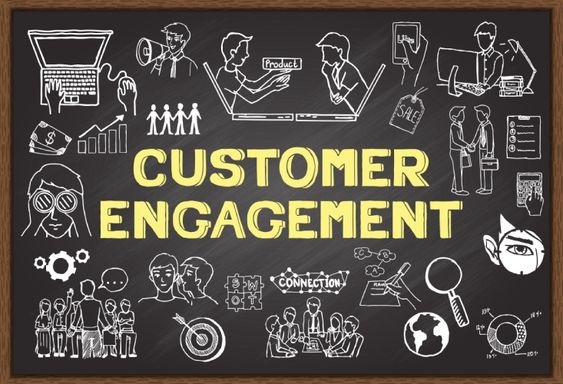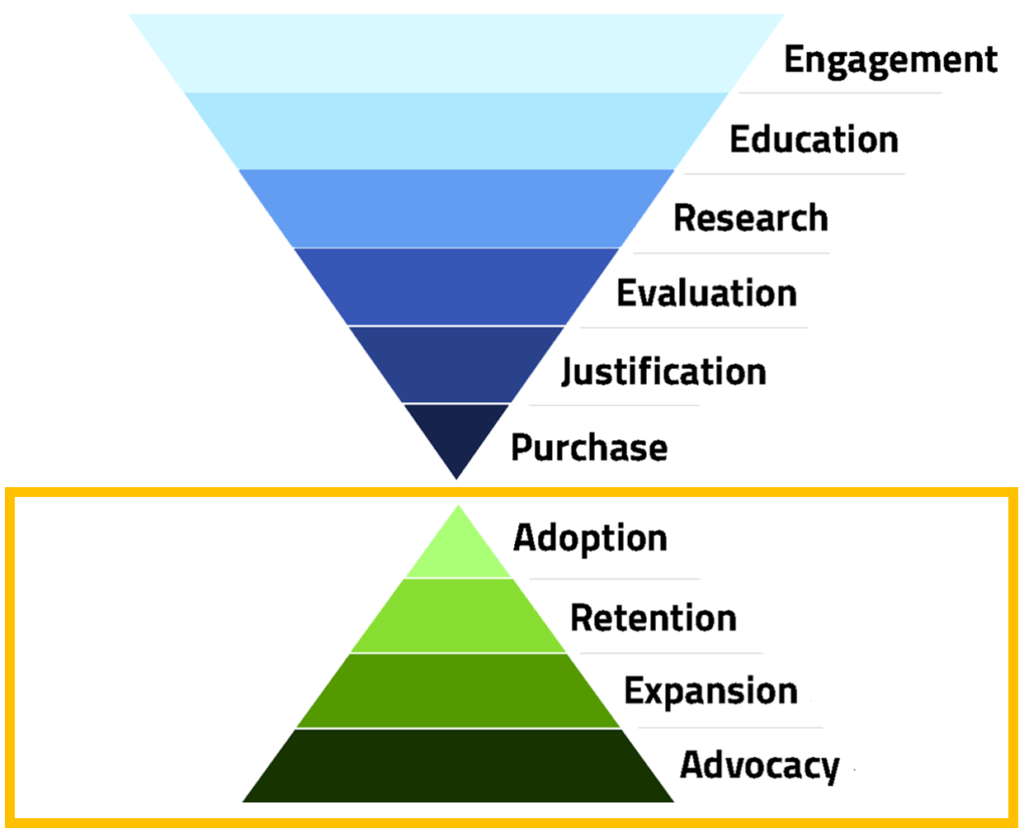
How to increase business revenue with customer engagement?
2018-11-20 14:21:44
Quality products need quality service; but these alone don’t necessarily translate to increased revenue. If you have tried every trick in the marketing book and still don’t see the results, it’s time you paid close attention to customer engagement. What is customer engagement? Customer engagement is effective communication between the customer and the business by means of online or offline interaction. When done right, it can yield loyal customers who come by more often, spend more and refer your brand to others. Customer engagement software analyse the customer data and help you engage with your customers by campaign development and marketing automation. Here are top 4 steps to increase business revenue with pro customer engagement strategies, especially for retail businesses: Categorize your customers: Your customers generate a lot of data in terms of transactions with you. Making sense of this data and forming meaningful segments is key to capitalising on it. Automated customer segmentation based on their visit frequencies and spends is trending and this is how eWards helps you deliver better informed, more personal services. Increase visits and spends: Acquiring a new customer costs around twenty times more than retaining an existing one. Also, returning customers generally spend 67% more than a new customer. This is why you need to leverage customer insights and customize loyalty programs for your business in order to secure maximum customer retention. eWards is a marketing automation tool which provides a versatile platform to run visit-and-spend based loyalty campaigns. Engage online: In order to boost your brand’s online image, it is important to have your customers engage with you on social media. For instance, you could incentivize referrals or run a promotion that encourages your customers to share a specific hashtag and earn a freebie. Review your revenue: When traffic is driven to your business from multiple channels, it is difficult to determine which one contributes to maximizing revenue. eWards helps you analyse which channels are valuable to your business. eWards also generates detailed reports on revenue generated from different campaigns. For 97% of the global consumers, customer experience is the differentiator when it comes to brand choice and loyalty. You may use customer engagement software which provides end-to-end automated loyalty programs management such as eWards. We understand what your business needs and save you time, money and energy by going beyond the regular CRM solutions. Contact us to know more.

Customer Experience Management and its relation with Customer Engagement
2018-12-06 11:48:36
Customer experience management (CEM) is the combination of technology, strategy and resources to improve a customer’s engagement with your brand. In order to understand CEM more deeply, we first need to understand how marketers try to reach customers at the right touchpoints. Earlier, marketers imagined that prospective buyers filtered out a few brands from a range of options and then made the buying decision close to the time they entered the store, if not in the store. This sales funnel is undoubtedly created from a sales point of view. However, this funnel doesn’t cover the entire customer journey. The modern marketing funnel, on the other hand, focuses on the customer’s journey after the purchase. McKinsey & Co. recognized that consumers are changing the way they research and buy products, and came up with a circular model of consumer decision journey: Ongoing exposure Buying trigger Initial consideration, which may start with a narrow list Active evaluation including gathering information from various channels Making the purchase Ongoing exposure + Loyalty Scope of customer experience Good customer experience boils down to life made easier for the customers by your brand. Consumers, nowadays, explore the market on their smartphones. They are susceptible to micro-impressions from the multitude of interactive tools around them- social media, online reviews, SMS promotions and more. The impressions of your brand formed in a prospective customer’s mind is the beginning of customer experience. However, the underrated section of customer experience follows after a customer’s first purchase. It can range from a thank you message right after billing, a feedback request the day after or even personalized SMS promotions in the future. This ensures your brand’s presence in the post-purchase ongoing exposure phase and helps in building loyalty. Relationship between Customer Engagement and Customer Experience Management Effective customer engagement comprises every brand-customer interaction which leads to repeat visits and increased spends by the customer. Tapping into the maximum potential of customer engagement can lead to better CEM as it is not only about managing the processes but also the customers. In other words, customer engagement is the foundation of customer experience management. Not surprisingly, some of the best customer engagement practices are also included in the best customer experience management practices- for example, creating and maintaining complete customer profiles, personalized interactions, sending across the right message to the right customer at the right time, etc. Why customer experience management matters? Acquiring a new customer, for any business, costs around twenty times more than retaining an existing one. Moreover, returning customers generally spend 67% more than a new customer. CEM enables you to understand your customers so well that you can create and deliver personalized experiences and customer services amounting to customer loyalty and further recommendations. eWards is a customer engagement software and marketing automation platform to run your own customer loyalty programs for increasing the customer’s visits and spends.